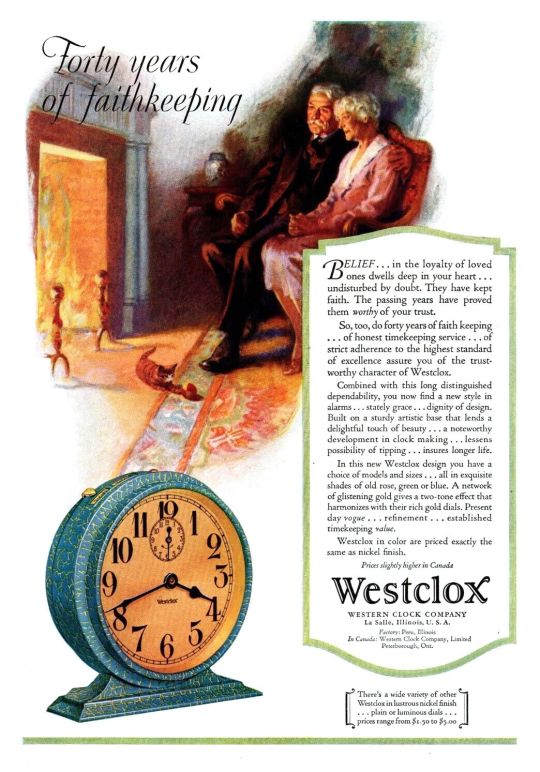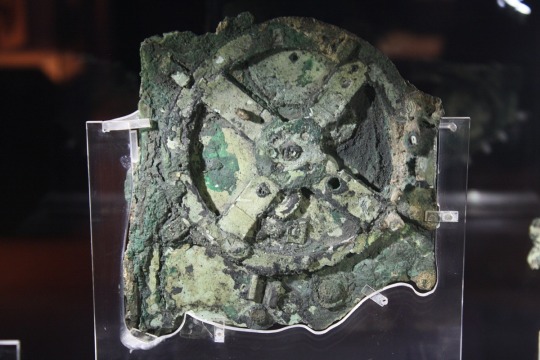#TimeKeeping
Explore tagged Tumblr posts
Text

1K notes
·
View notes
Text

Good Morning. No one is free in a world with clocks and calendars.
#morning#good morning#good morning message#good morning image#good morning man#the good morning man#the entire morning#gif#gm#tgmm#☀️🧙🏼♂️✌🏼#daylight savings#spring forward#time#timekeeping#abolish timekeeping#time is a lie#fuck the chronarchy#it's always now#random#how stupid is this#no one is free#no one is free until we are all free#clocks#calendards
166 notes
·
View notes
Text
Way back in February, 2023, we took a look at LJS 443, a 15th century Armenian collection of texts on the calendar. From the highlight reel you'll see it's chock full of diagrams and tables, and includes a few pretty colorful headings, too. You can watch the full 30-minute video at the link below, and if you're interested in joining #CoffeeWithACodex in real time check out the schedule and details on our website: https://www.library.upenn.edu/events/coffee-codex
🔗:
#medieval#manuscript#medieval manuscript#armenia#armenian#15th century#calendars#timekeeping#cwac#coffee with a codex#video#event#recording#book history#rare books
160 notes
·
View notes
Text

Western Clock Co, 1929
#Westclox#ad#1929#alarm clocks#vintage#advertisement#illustration#1920s#timekeeping#advertising#20's design#fireplace#elderly couple
127 notes
·
View notes
Photo

Source details and larger version.
A shadow looms over this collection of vintage sundials.
16 notes
·
View notes
Text
While investigating a site in the US Southwest, archaeologists discovered a series of ancient rock carvings that early Native Americans may have used as a calendar. The site, known as the Castle Rock Pueblo, is on the Mesa Verde plateau straddling the Colorado-Utah border and is best known for the Ancestral Pueblo settlements that are carved into the surrounding canyon walls, according to a statement. The Ancestral Pueblo were a group of Indigenous peoples who inhabited the Castle Rock Pueblo from about the 1250s to 1274, according to a 2020 study in the journal Antiquity.
Continue Reading.
84 notes
·
View notes
Photo

Antikythera Mechanism
The Antikythera Mechanism (c. 50 BCE), a device used to calculate astronomical positions. The device was found in a shipwreck off the coast of the island of Antikythera. (National Archaeological Museum, Athens).
Image by Mark Cartwright
164 notes
·
View notes
Text
Chahta word of the day #105
Clock-Hvshi isht ithvna chito
My camera only picked up some of the red dashes on my alarm clock, funky

Here’s a pronunciation guide:
#choctaw#indigenous#native american#language learning#langblr#language#chahtawordoftheday#day one hundred five#clock#clockwork#alarm clock#analog clock#digital clock#timekeeping
6 notes
·
View notes
Text


1.20, Charm and Harm
BAU officework ambience.
6 notes
·
View notes
Text
The second paper I have ever posted to academia.edu
8 notes
·
View notes
Text
The moon's slowly more distant gravitational pull on the earth actually slows down the earth's rotation. Every day is 1,09 milliseconds longer than the last, this has been happening always, the dinosaurs witnessed 23 hour days and our kin a billion years in the future will know 26 hour days. Js thought u should know that
13 notes
·
View notes
Text

When timekeeping dies, the work week dies with it. Good Morning.
#morning#good morning#good morning message#good morning image#good morning man#the good morning man#the entire morning#gif#gm#tgmm#☀️🧙🏼♂️✌🏼#week#time#timekeeping#abolish timekeeping#candle#when do you break the candle#tear down the clock#natural rhythms#dawn#calendar#one of many lies#the week#grotesque#when timekeeping dies
86 notes
·
View notes
Text
Not me going down a rabbit hole yesterday thinking about what sort of timekeeping/calendar system Essos (or, maybe more specifically, western Essos) uses. I’ve always headcanoned that the (majority of the) Free Cities count years using a system like “ab urbe condita”, and that they borrowed this system from (or have simply used it since) the time of the Valyrian Freehold. With Rome a very clear major source of inspiration for Valyria, I could believe that some Valyrian scholar in the five thousand-odd year history of the Freehold calculated a date (accurate or not) as to when Valyria as a city (and/or as a political state) was founded, and that subsequently this year became the starting date for all Valyrian calendars. Consequently, I think the Free Cities (especially those specifically founded by the Freehold, like Tyrosh and Lys, and especially especially Volantis, which prides itself on being the first daughter of Valyria) would have naturally utilized this system for their own calendars - and when the Doom happened, these city-states may simply have continued measuring time by a well-accepted, (virtually) worldwide standard which, perhaps, had been in practice for so long.
Braavos is an interesting case, not only because it would have no ideological incentive to use the standard of the Freehold, but also because it canonically uses a different timekeeping system from that of Westeros: Arya in AFFC thinks that “it was hard to know for certain” if she had passed her birthday because “[t]he Braavosi counted days differently than they did in Westeros”. We do know that Braavos has a definite idea of its own foundational date (since “Uthero Zalyne …proclaim[ed] the existence and location of Braavos, and invite[d] men of all nations to celebrate the 111th festival of the city's founding” during what became known as the Unmasking or Uncloaking of Uthero) and annually celebrates the festival of the Uncloaking, so either of these dates might be the first year of the Braavosi calendar. (Bonus points if this comes up when, as I theorize, the Unmasking of Uthero celebration occurs in TWOW and we might get clarity on this point.) Too, when it comes to Braavos counting days, weeks, and months, I wonder whether Braavos invented a completely new calendar specifically to distance itself from the legacy of Valyria. Perhaps the inspiration here might be something like the French revolutionary calendar, where - in an effort to scrub the new republic of any Catholic and royalist vestiges - republican leaders literally reworked time itself, creating a new 10-day week, renaming the months, and shifting New Year’s Day to the middle of summer
67 notes
·
View notes
Photo

🌟 Hey there, wallpaper enthusiasts! 🌟
We’re super excited to share our latest creation with you: the Surreal Clock Art! 🕰️✨ This stunning piece beautifully merges the elegance of nature with the practical aspect of timekeeping. Just take a moment to appreciate the intricate details and vibrant colors that bring this artwork to life! 🎨🌿
Whether you’re looking to spruce up your living space, office, or even your bedroom, this wallpaper is a perfect fit. It’s not just a decoration; it’s a conversation starter! Imagine your guests admiring the unique blend of artistry and functionality every time they glance at it. 😍
So why wait? Elevate your space with this mesmerizing piece of art. You can easily bring it into your world by clicking here: Surreal Clock Art. Trust us, you won’t regret it! 🌈🖼️
Let us know what you think of this piece in the comments below! We love hearing from you and seeing how you incorporate our wallpapers into your lives. Stay tuned for more amazing designs coming your way! 💖
Happy decorating!
Your friends at Wallpapers.Monster 🌌
#surreal art#clock art#nature wallpaper#artistic wallpaper#vibrant colors#intricate designs#home decor#office decor#wall art#illustration#creative design#modern art#fantasy wallpaper#timekeeping#nature inspired#colorful wallpaper#unique designs#art lovers#creative wallpapers#wallpapers monster
4 notes
·
View notes
Text
4 notes
·
View notes
Text
Archaeologists in China have unearthed a mysterious set of rectangular wooden pieces linked to an ancient astronomical calendar. The artifacts were discovered inside an exceptionally well-preserved 2,000-year-old tomb in the southwest of the country. Each of the 23 wooden slips is about an inch (2.5 centimeters) wide and 4 inches (10 cm) long and displays a Chinese character related to the Tiangan Dizhi, or "Ten Heavenly Stems and 12 Earthly Branches" — a traditional Chinese astronomical calendar established during the Shang dynasty, which ruled from about 1600 B.C. to about 1045 B.C.
Continue Reading.
99 notes
·
View notes